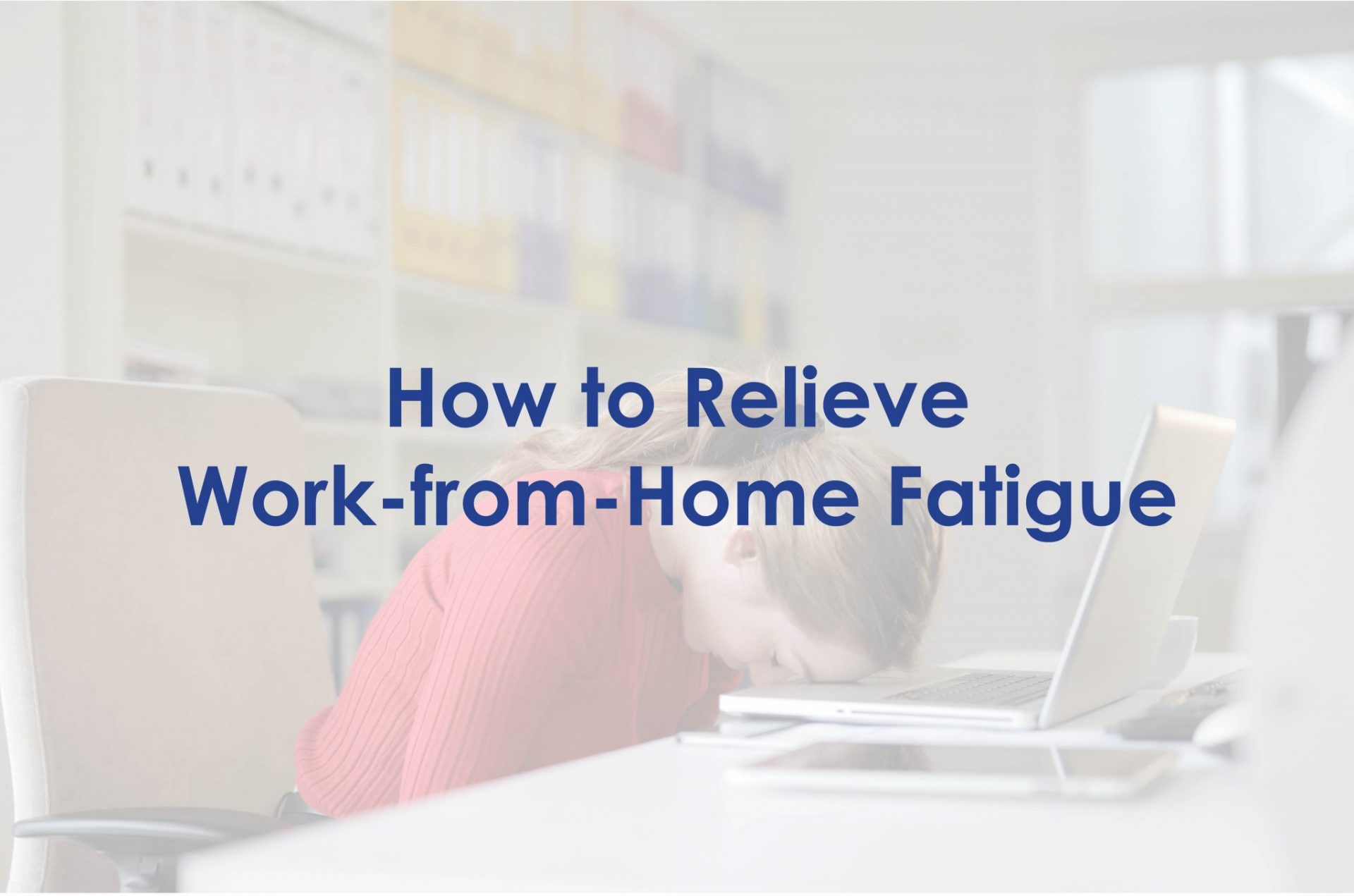When we were first told to work from home, my initial reaction was filled with excitement. I would have more control over my schedule and develop an easier work-life balance. What I did not realize, was how tired I would feel working from home. How could it be that I spent more time at home, and less time on things such as driving into work, but somehow much more exhausted than I expected I would be. Before were we “forced” to work from home due to the lockdown, it felt like a privilege to work from home; it was something I looked forward to. I felt more productive, more focused, but somehow, a few months in, this motivation seemed to fade and I started to experience brain fog and couldn’t concentrate. I was experiencing something a lot of other people were facing: work-from-home fatigue.
There are many reasons that can trigger work-from-home fatigue: stress, being forced to have the same day to day pattern, being stuck in one place, etc. But how do we deal with this fatigue? How can we refocus and become motived again? The following steps helped to ease my work-from-home fatigue:
1) Take a step back. If your workload has become unmanageable, have honest discussions with your supervisor and coworkers, and ask for help. You may just be taking on too much. Often times we feel like we shouldn’t ask for help but knowing when you’ve taken on more than you can handle and reaching out for help not only helps you but helps your company.
2) Be Active. Try moving around. I have sat through hours and hours of meetings, and I can’t help but become restless. Use those breaks to get up and move around. If you’re not stuck in meetings, but tend to work for hours without getting up, set a timer for every hour to get up and move for 5 minutes. Get moving. Sitting in one position for hours will not only leave you feeling tired, but it may also cause back, neck, and shoulder pain.
3) Change up your schedule. Sometimes, routines can drain you. Try a new workout, or take your workout outside. I’ve changed my garage into a mini gym. Take your lunch at a different time. Watch a show for 30 minutes during your lunchtime. Sometimes our brains just crave something different. Shake up your daily routine.
4) Watch what you eat and drink. You’ve probably heard this before, but it’s true that what you eat and drink can affect your mood. I feel better and I seem to be more focused when I eat foods with the proper nutrition, and I eat the right portion of it. Yes, control how much you eat. You know that feeling you have after stuffing your face at a buffet? That is exactly what we want to prevent. Start your day with breakfast. I recommend having something with fiber to keep you full throughout lunch and not craving for a mid-morning snack. Drink water throughout the day. Dehydration can reduce blood flow throughout your body, which can also slow down your brain and making you tired. And I know most of us need our coffee, but watch your intake; too much, you’ll be jittery, too late, you won’t get much sleep that night.
5) Manage your stress. One of the biggest challenges from working at home is that your stress from work can easily spill over at home. You’ll find that it becomes easier to be irritated at the small things. Take a step back and realize that our stress is higher all around, and that’s okay. But to maintain that home life balance, when something from work has caused stress, leave it when you clock out. It’s not always easy, but work to keep the two separate.
Working from home has presented new and different challenges. As we continue to navigate this new environment and going through a new learning curve, we will need to discover what works for us and what doesn’t. We will be trying out new processes, and it may very well take multiple trials and errors to get it just right. But eventually, we’ll find what works best for us.
This post was authored by Jamie Segovia. Jamie is a consultant with Vantage and leads our project management development and training. With a focus on healthcare, education, and public work, Jamie is a proponent for end-users, looking at how technology systems can help better heal, teach, and help.

